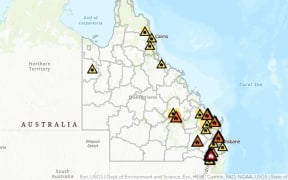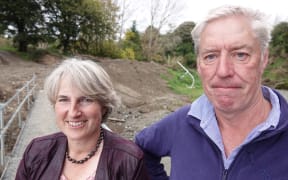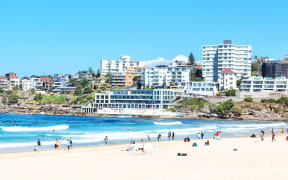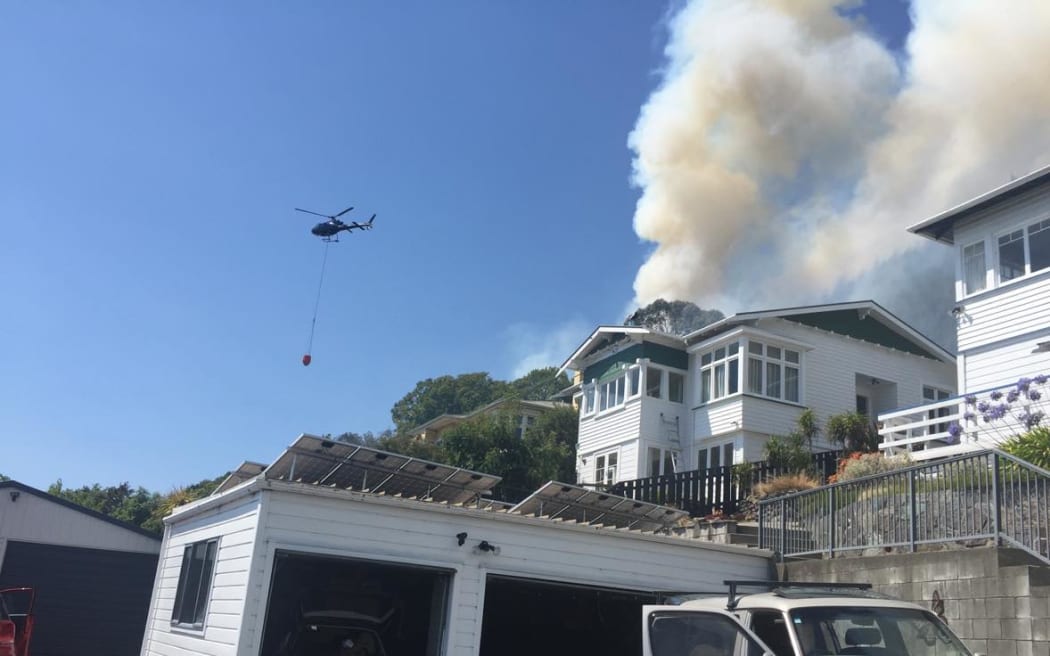
Helicopters with monsoon buckets were diverted from the Pigeon Valley fire in 2019 to Walters Bluff after an arson threatened a number of homes. Photo: Sally Kidson
With a hot, dry, El Niño summer forecast, Nelson residents are worried about the heightened wildfire risk and anxious to avoid a repeat of the big Pigeon Valley fire in 2019.
It is almost five years since the wildfire tore across more than 2000 hectares of forestry in Tasman, sparked by an agricultural contractor working in a dry, stony paddock.
It took firefighters a month to bring the wildfire under control. In the meantime, several other fires in the region - including one on Walters Bluff, near the central city - were deliberately lit.
Sally Kidson was at work when her neighbour called in a panic, telling her to come home as the hillside behind their properties in Walters Bluff was on fire. She recalled using a hose to dampen down her backyard.
"It was so futile, standing there with a garden hose that's dribbling out because there is no pressure up the hill... There is nothing you can do if a fire comes - you just have to be prepared and get out."
Summer used to be her favourite time of the year, but that had changed since the fires.
"It's really anxiety-inducing. We've been told it's going to be a really hot, dry summer... for months and it's been in the back of my head since winter.
"What's going to happen? What's it going to be like - are we going to be threatened again?"
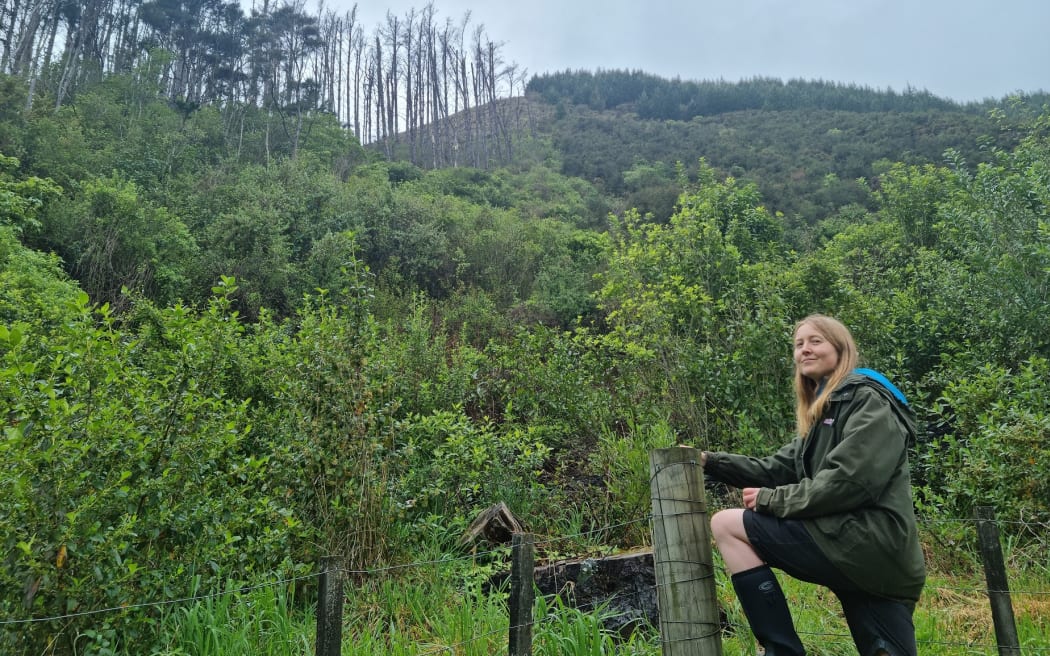
The Brook resident Jen Lang at the boundary of her property with dead pines visible on council land. Photo: Samantha Gee
Jen Lang is also worried about what this summer will bring. The Pigeon Valley fire happened shortly after her family moved to Nelson and she found it terrifying.
Her family live on a steep section in the Brook Valley, next to council-owned land that is overgrown with dead pines nearby.
"There's certainly a lot of fuel standing above our property... it's obviously very tricky land to manage."
Lang said in the light of devastating failures in Hawaii and elsewhere to plan properly for wildfire and the consequent loss of life and property, she hoped councils felt a little pressure to be proactive about managing risk here.
"It would be great just to know what the plan is for how we approach that as a community, and what steps are being taken to mitigate that risk and what we do if there is a big fire in The Brook."
The family had removed eucalyptus from their property, planted harakeke and done weed control along their boundaries.
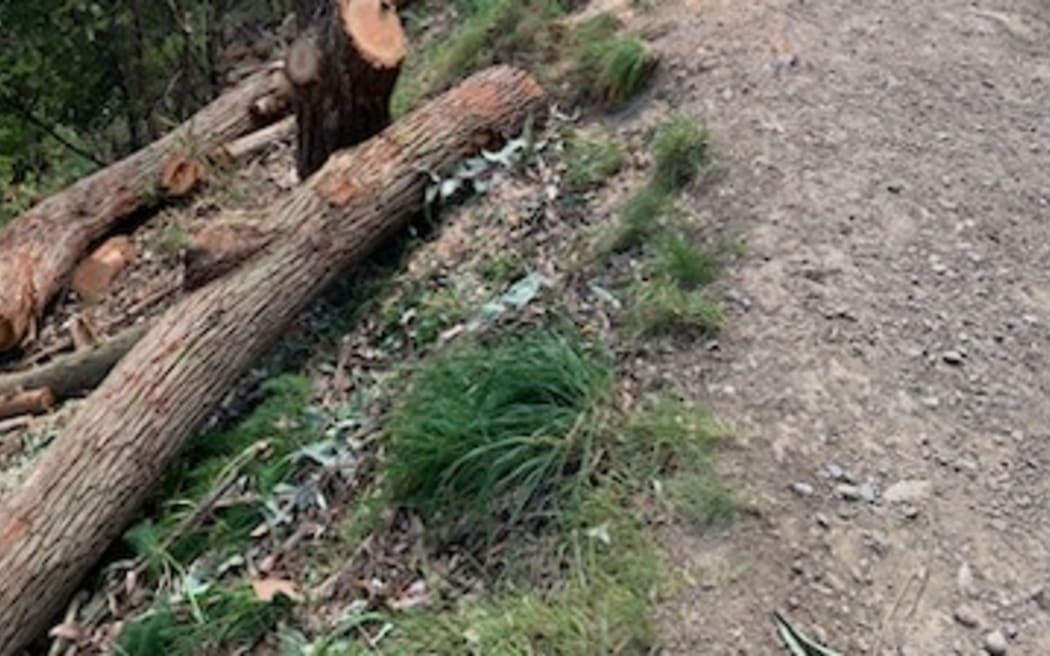
Trees felled in the Grampians Reserve with residents concerned the wood poses a fire risk heading into summer. Photo: Iain Leitch
Across town, Allan St resident Iain Leitch said a number of trees had been cut down in the council-owned Grampians Reserve, adjacent to a number of homes - and the logs had just been left there.
He said residents were concerned about the risk the dead wood posed, given there had been fires in the area before.
"There's still some large logs and slash left on hill that we are hoping is going to be removed. We have had some conversations [with council] about that being done before the summer hits in too hard.
"Fire will spread pretty quickly, particularly as we are expecting strong winds... so I think everyone will need to be vigilant."
Nelson City Council community services manager Andrew Whyte said the council was preparing for a heightened fire risk this summer and he understood residents in certain areas had concerns about this.
"We are very aware that we have large tracts of land that are adjacent to people's properties.
"A lot of that land is ex-farmland that is regenerating and we have a number of tools that we use to manage that situation, such as grazing by sheep to keep that dry material down, putting in firebreaks, managing our boundaries.
"We can't totally eliminate fire risk and if you get a big fire, it is going to spread, so what we need to focus on is minimising the dry material and managing our boundaries with neighbours and encouraging them to manage their boundaries as well."
He said in some cases, such as where there was steep land that was prone to movement, it was not safe to remove dead trees, so council had chosen to underplant them with less flammable native plants.
Since the Pigeon Valley fires in 2019, the council had begun to work even more closely with Fire and Emergency NZ (Fenz), meeting weekly over summer to manage the fire risk.
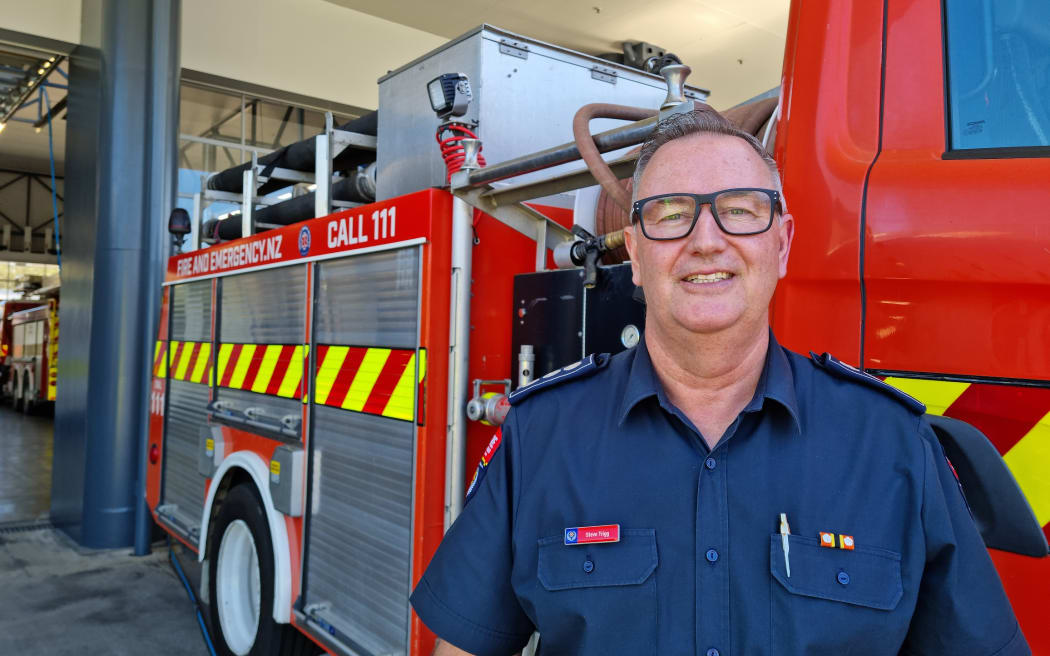
Fire and Emergency Nelson Marlborough Community Risk Manager Steve Trigg. Photo: Samantha Gee
Fenz community risk manager for Nelson Marlborough Steve Trigg said there was "no doubt" New Zealand was heading into an El Niño summer, where it was likely to be drier on the East Coast and wetter on the West Coast.
With more than 100,000 hectares of forestry in Nelson alone, Trigg said Fenz worked with the industry on a regular basis to mitigate risk to the community through land management forums.
"The people who are neighbouring the forests probably need to be on heightened alert more than anybody else in the height of summer and (understand) what they can and can't do."
He said people also needed to take steps on their own properties, to be prepared.
"Everybody needs to build their own resilience. That's about reducing your own risk (by) removing foliage, creating at least a 30-metre defendable space, getting the leaves out of the guttering and those sorts of things."
Nelson is currently in a restricted fire season - which meant outdoor fires are prohibited without a permit.

